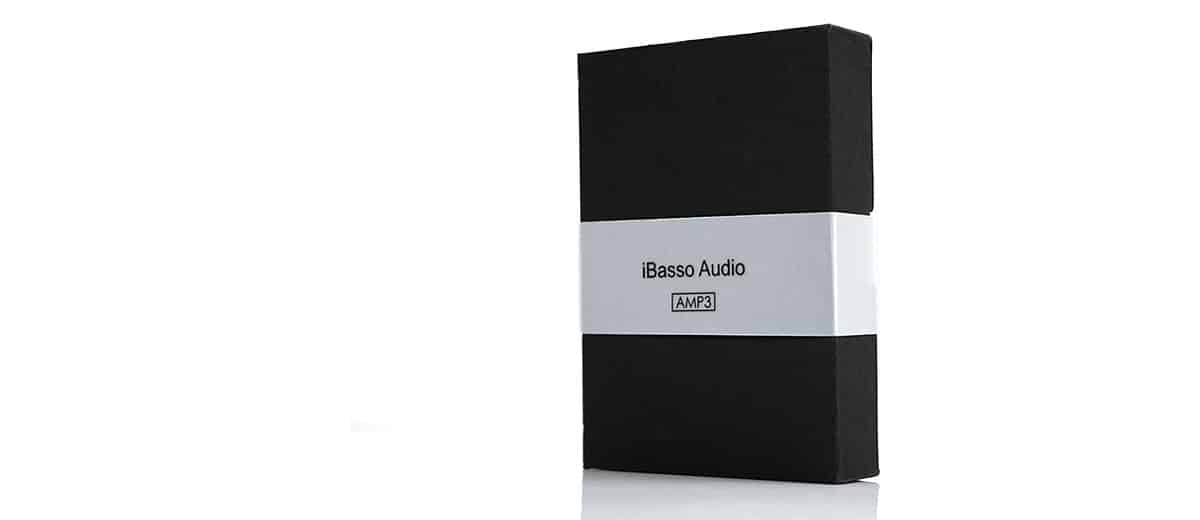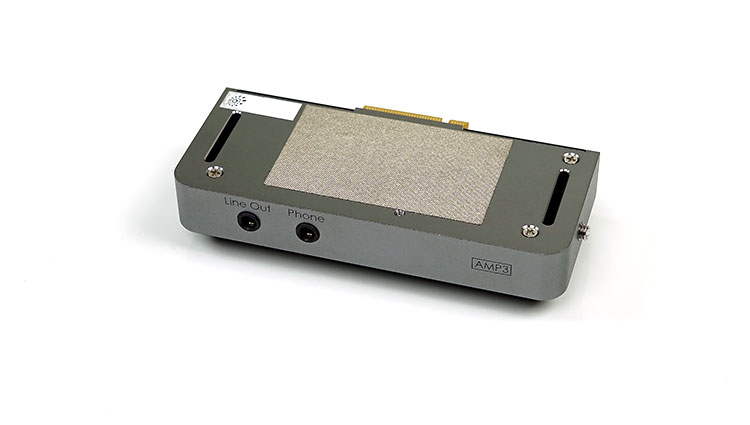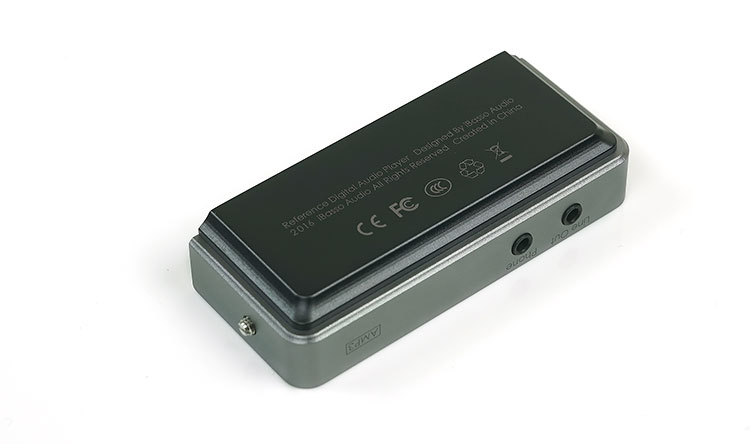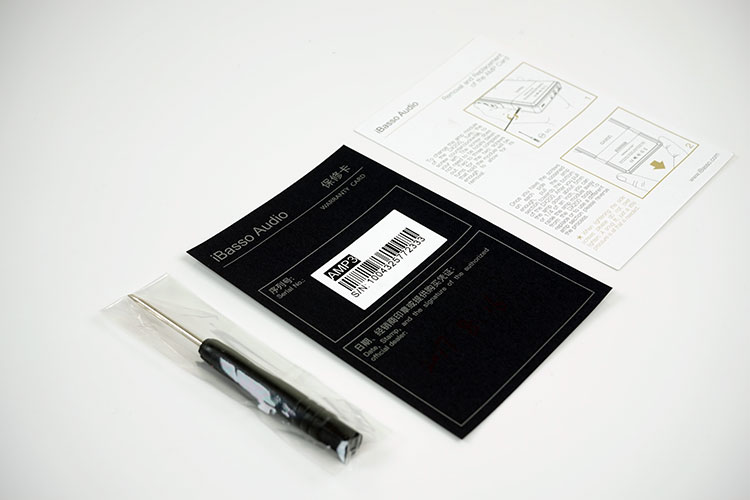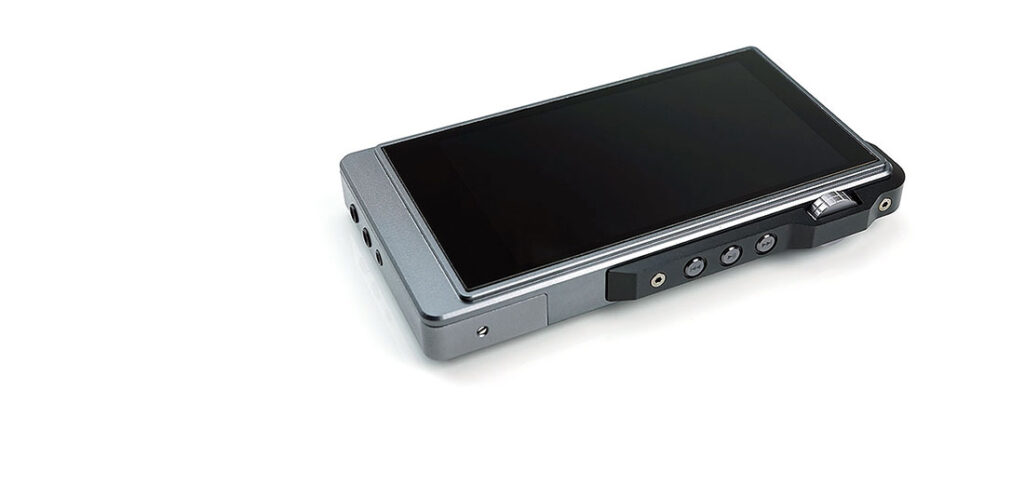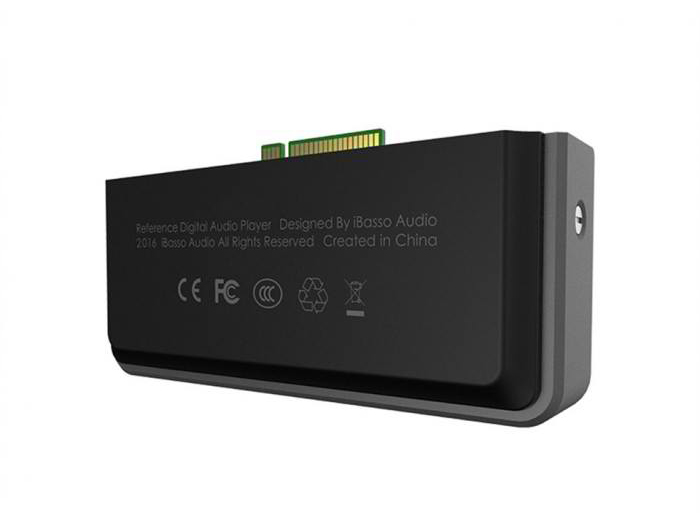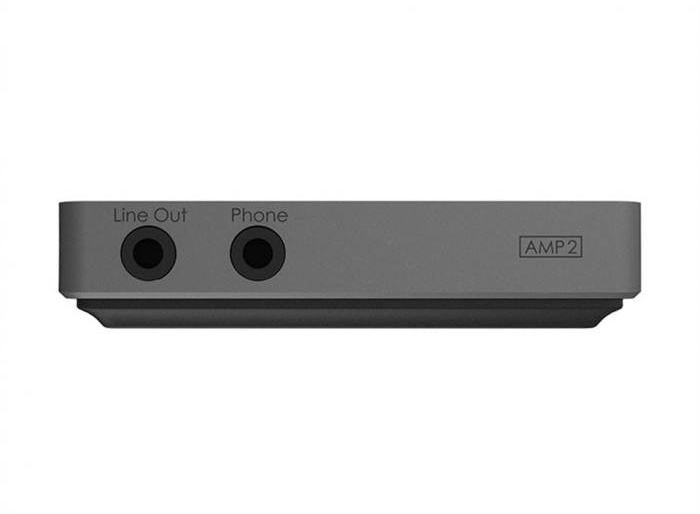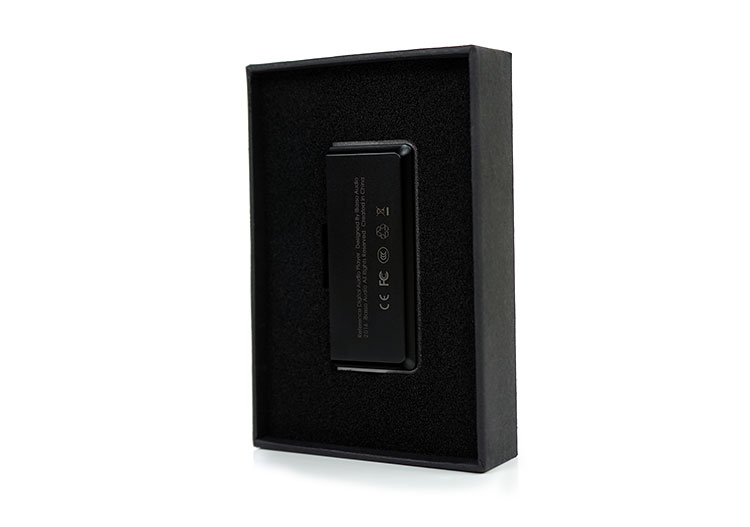In today’s feature, we review the AMP3 which is the latest swappable amplification card built to integrate with the DX200 DAP. It is priced at $199.
Disclaimer: This sample was sent to us in exchange for our honest opinion. Headfonics is an independent website with no affiliate links or status. We thank iBasso for this opportunity.
To learn more about iBasso products previously tested on Headfonics you can click here.
Note, that this article follows our latest scoring guidelines which you can read up on here.
The AMP3 from iBasso is now the 3rd proprietary amp card for their flagship DX200 DAP. Priced at $199 it is no throwaway accessory and double the price of the FiiO equivalent amps for their X7 and X7 mark 2.
That being said, those who have tried AMP1 and AMP2 including myself already know that iBasso AMP cards are relatively complex in their intent and a good deal quieter. Voltage outputs from their amps are indeed excellent, especially for their neutral-sounding AMP1 balanced output.
The AMP2 card’s more musical even harmonics bias was quite well received at a competitive price point. It did lack a balanced output and I feel a lot of people wanted something similar but with the potential power of the AMP1 card.
What Is The Pitch?
Pure Balanced
The new AMP3 is the yin to the AM2’s yang in terms of outputs. Whereas the AMP2 was a pure single-ended architecture amp card the AMP3 goes 100% balanced and a line-out.
If you are sporting 2.5mm TRRS terminated balanced cables or adapters then this card will appeal to you. If the intent is to hook up some seriously excellent line-out power then this card will appeal to you. For those DX200 users sporting purely unbalanced cables then the AMP3 won’t apply unless you are considering upgrading.
Power & Tone
For those who would like the power of the AMP1 but the tonality of the AMP2 then the AMP3 card should be given serious consideration. The AMP3 returns with the 6Vrms output power of the AMP1 card for its 2.5mm TRRS output as well as its line-out. The architecture of the amp also heavily favors an even harmonic presentation to prevent it from sounding flat or sterile.
The high voltage swing design of the AMP3 should also maintain excellent headroom and dynamics so it is not just power and fun but should also retain the level of detail DX200 users have come to expect from the previous cards.
Design
Much like the two previous AMP cards the AMP3 is a simple slot device contoured to fit in seamlessly with the main DX200 body.
Its body and finish are the same as the DX200 with a full CNC engraved aircraft aluminum and a similar paint job to blend in with the DX200 main body. The branding name is on the bottom far right side in the same position as AMP1 and AMP2.
On each side, there are fairly tiny flat head screws and iBasso has helpfully included the matching-sized screwdriver with the AMP3 to allow you to immediately install the amp card out of the box.
The top has a small cloth layer to assist in taking in and out without scratching and to the far left and right you have two slots to help you guide and secure the amp safely into the DX200 main body.
Inputs & Outputs
The AMP3 has two outputs to the front left of the bottom panel for line out and headphone/IEM connectivity. Both outputs are 2.5mm TRRS format and both are balanced outputs. There are no single-ended outputs on the AMP3 card so you will need either a converter jack or a dedicated cable with a 2.5mm TRRS jack.
Functionality
iBasso has never really tried to simplify what each amp card does in terms of marketing memes so their cards are never simply about more power or higher sensitivity but rather they target specific features that they think will improve sound, power, and the delivery of the signal.
This is no different in the AMP3 which attempts to deliver a high-powered output in a balanced format with a bias towards an even harmonic tonal bias.
Even & Odd Harmonics
To achieve that the AMP3 card delivers an 8V voltage swing (equivalent to 32V in single-ended output) to target dynamic performance and retain a good level of headroom in its response.
iBasso does not specifically state the OPAMP and BUF chips being used but in essence, the AMP3 negates the typical positive and negative signal in traditional balanced designs in favor of topology and architecture that targets odd harmonics and reduces them in favor of even harmonics.
Partial odd harmonic overtones can sound nasty, and sharp though having no odd harmonics at all can leave things sounding too warm and overly rounded and losing clarity.
Numbers
Balanced Out
The numbers on AMP3 are very competitive and on par with the AMP1 balanced with 6Vrms output as well as an SN of 124dB compared to the AMp1 which was almost the same at 125 dB.
Line Out
The numbers on its line-out are even better on the AMP3 than the AMP1 with a 6Vrms output signal compared to the AMP1 at 3Vrms. SNR is 124dB on the AMP3 compared to the AMP1 line out at 122 dB.
To all extents and purposes, the AMP3 technicality is as good as the AMP1, if not more lively on the line out.
Installing
The screws are not quite as user-friendly as the FiiO grub screws and the new precision control screwdriver they have included with the new X7 Mark II so you have to keep a careful eye on them when unscrewing as they can drop out and get lost easily.
Also, watch for inadvertent screwdriver slide and possible scratching as the straight edge grooves on the screws are quite close to the edge and you could accidentally scratch the DX200 body.
There is no requirement to take out the screws full though so unscrew about 70% and that should be enough to slide out the existing card and insert the new card and then simply screw back.
One final note is to check your firmware is up to date as the AMP3 card will not play properly on older firmware. The latest edition that works with the DX200 and AMP3 is V2.5.141 dated August 1st, 2017.
Accessories & Packaging
The AMP3 is packaged exactly as the AMP2 card which is a fairly simple cardboard box with a foam insert to protect the card.
There is no rubber cover on the connector of the amp which would have been nice to protect the card itself when not in use. You also receive a screwdriver for installation purposes as well as a simple install guide and your warranty card for the AMP3.
Sound Impressions
Tonality & Presentation
This is an incredibly easy-to-like presentation. It’s smooth sounding and yes there is a fundamental even harmonics bias in that smooth delivery but it has not sucked out the odd harmonics completely so it doesn’t sound overly rounded or too soft.
The clarity and resolution are excellent with plenty of headroom so it sounds spacious and well-extended without ever being too top-heavy and harsh.
I see comments about the digital sound of the AMP1, I always thought it had a bit more body and a natural sound compared to FiiO’s amp cards. The AMP3 takes that road much further and you would be hard-pressed to believe a Sabre DAC is delivering the signal into the AMP3. This is more akin to the old Wolfson sound which I am very fond of.
Bass
Primarily the AMP3 is going to sound warmer and more planted than either the AMP2 or AMP1 with a weightier low-end thick in texture but at the same time, it’s not sluggish or bloated sounding.
You will not find the AMP3 putting out longish decays to get that planted sound. Sensibly it keeps the mid-bass to upper mids relatively clean with more of a focus on sustained sub-bass to 100Hz elevation.
The AMP3’s low-end can deliver plenty of power to smoothly underpin lower-pitched instrumental notes and keep everything rich and almost euphoric in tone.
Mids
As a result, the instrumental timbre on the AMP3 is natural sounding with plenty of texture and excellent resolution. The balanced output’s dynamic range is excellent as is the quality of transient response and level of detail.
Whilst I call it rich in tone, it’s not smoothed over or muddy sounding. The control is excellent as is the instrumental separation which is better defined than I thought I would get when I initially read about the even harmonic bias.
The vocals are wonderful, to be honest, not in your face, more like an old tube sound but with a bit more pace and reasonably forward sounding.
Treble
I was expecting everything to sound a bit overly rounded but it’s not the case. You could debate the level of snap and clarity is a bit more energetic and lively with the AMP1, especially on percussive passages in the upper mids and lower treble which has a cleaner attack than the AMP3’s slightly more muted delivery but it never sounds unnaturally so.
Select Comparisons
iBasso AMP1
Volume & Noise
Both operate at similar volume levels on their balanced outputs and produce similar noise levels. You will hear some low-level noise with the Andromeda but it is cleaner and quiet with higher impedance and less sensitive IEMs like the Vega, Flares Pro, and UM’s ME.1.
Bass
Bass is warmer, more forward, and thicker sounding. It’s a richer tone with more body than the AMP1. I would say the elevation starts low though and is relatively linear through to the mid-bass before it drops. There is a decent enough drop to prevent bass bleeding into the mids and retain instrumental clarity.
AMP1 bass extension and impact are just as good but it has a cleaner sound with less note body and slightly more linear response. A cooler solid-state-sounding presentation compared to the AMP3’s more textured tube-like low-end.
Mids
AMP1 is cleaner through the mids with a bit more bite though I generally tend to find the DX200 cards to have a little more body than FiiO’s cards and not as brittle sounding especially moving through the upper mids and lower treble.
Thankfully odd harmonics have not been completely washed out but the even harmonic bias is evident with a smooth sweet almost analog timbre, a softer attack than the AMP1, and zero partial overtones throughout.
Vocals
Vocals on AMP1 are a bit more lively and cleaner with the AMP3 sounding a little more laid back but richer in texture and fuller sounding carrying some of that even harmonic warmth with it. For female vocals, I tend to enjoy the AMP3 timbre a lot, especially on tricky breathy vocal styles that linger on long notes where the smoothness plays out better.
Treble
Treble, as expected, has a bit more energy and sparkle than the AMP3 which tends to lean back a little in favor of a smoother delivery with a little more body. You will get a bit more snap and bite in percussion and lower treble though, to be honest, neither has any glare which is something I love about the DX200.
iBasso Amp 2
Volume & Noise
AMP2 is a much quieter card all-round than either of the balanced outputs of the AMP1 and AMP3 cards. Its lower output power does help in that respect at 3.2Vrms compared to 6Vrms so if you are using very efficient IEMs like the Campfire Audio BA range or Shure’s SE846 and need a dead quiet noise floor then the AMP2 is more suitable.
Volume settings will be slightly higher with the lower output power of the AMP2 but not by a huge amount, maybe 10 steps at most on the low gain with the DX200.
Bass
Amp 2 has more of a low-end bias and you will hear its presence more than the controlled balance of Amp 1 but it is not as significantly weighted or full sounding as the AMP3 which sounds far more planted and forward, especially its sub-bass response.
Amp 2 could best be described as having a slightly more musical tilt with more of a sub-bass uptick than an impactful or warmed-up mid-bass boost.
Amp 2’s fundamental harmonics with lower key instruments have more presence than Amp 1 yet without any loss of clarity. This is not a muddy presentation, just slightly more colored.
Mids & Treble
The mids and treble on the Amp 2 card are also slightly smoother and more rounded than the cleaner and more neutral-sounding Amp 1 card but they are not as rich or euphoric sounding as the AMP3.
Vocals are fuller and more forward-sounding on the AMP3 with bucketloads of texture. The treble is a little more laid back in line with the AMP3 which takes a touch of the bite away compared to the Amp 1 card’s more forward treble response.
AMP2 is ideal for sensitive IEMs and for those wanting a taste of AMP3’s musical capability but do not want to lose the super low noise levels in the process. It does not have quite the same dynamic range and sub-bass power but it is still a lovely musical and smooth experience.
Our Verdict
The iBasso AMP3 delivers a natural analog-type sound and it is super hard to believe that this is a Sabre DAC delivering the signal.
Its almost tube-like response and even harmonic bias remind me so much of those older Wolfson DAC chips floating around a few years back only so much more resolving and dynamic sounding, like the best of both old and new worlds.
If you enjoyed the AMP2 card but wanted a bit more richness and power and especially missed the balanced output of the AMP1 then the AMP3 is the perfect response from iBasso. The AMP1 still has a vital role for those who need a little bit more in terms of sparkle and generally prefer a cleaner presentation.
Is it still niche? It is hard to say, maybe a year ago a purely balanced module might have had a few limitations but with the arrival of 2.5mm TRSS on a lot of aftermarket cables and current DAPs, I think it is very relevant, especially with that smooth musical presentation. It will win plenty of fans for that alone.
iBasso AMP3 Specifications
2.5mm balanced out
- Output voltage: 6Vrms
- Frequency response: 10Hz-45KHz-0.5dB
- SN: 124dB
- THD+N: 0.00025%—112dB(32Ω@2.4Vrms)
- DNR: 124dB
- Crosstalk: -123dB
2.5mm balanced line out
- Output voltage: 6Vrms
- Frequency response: 10Hz-45KHz-0.5dB
- SN: 124dB
- THD+N: 0.00022%-113dB
- Crosstalk: -114dB

